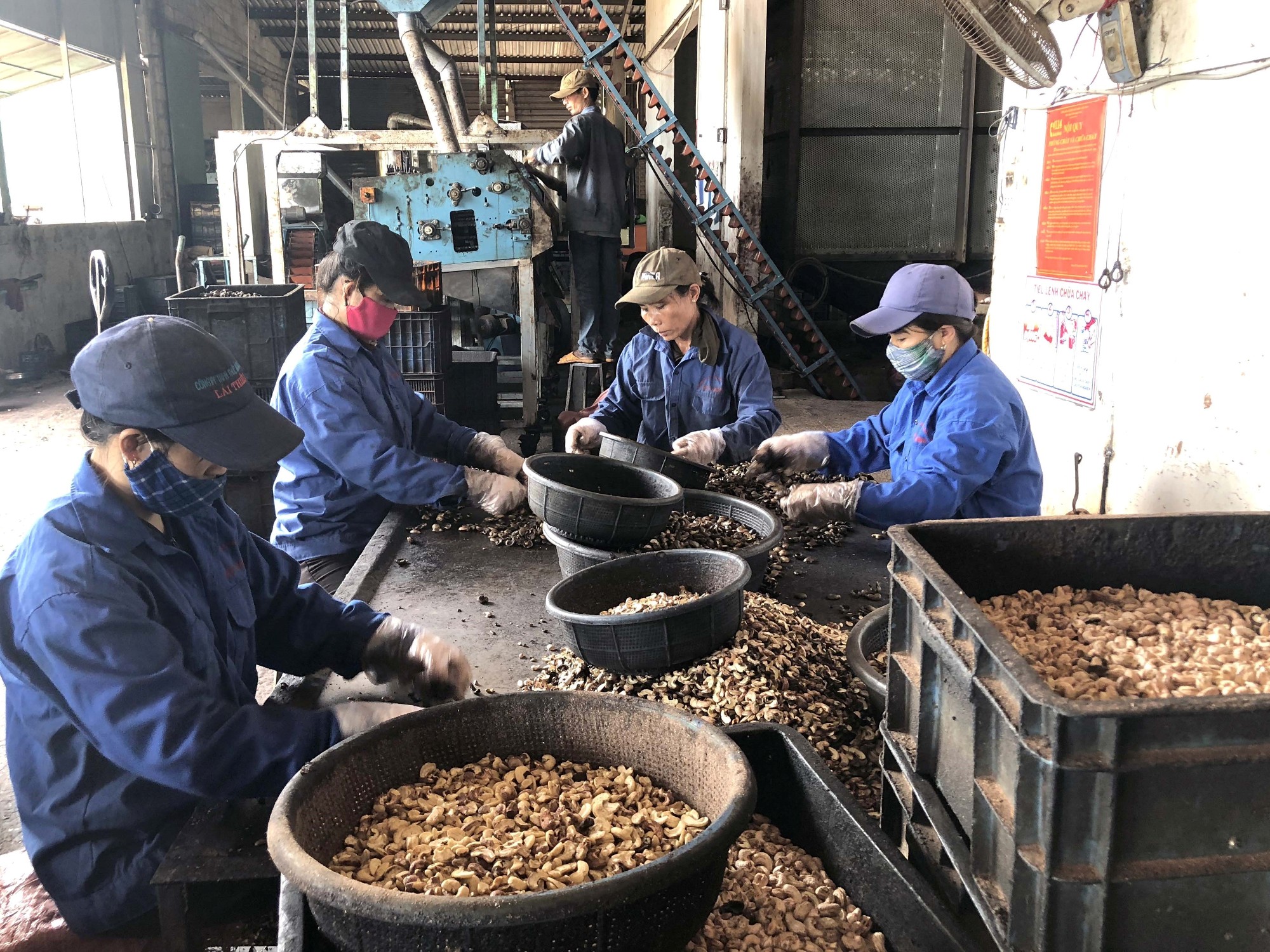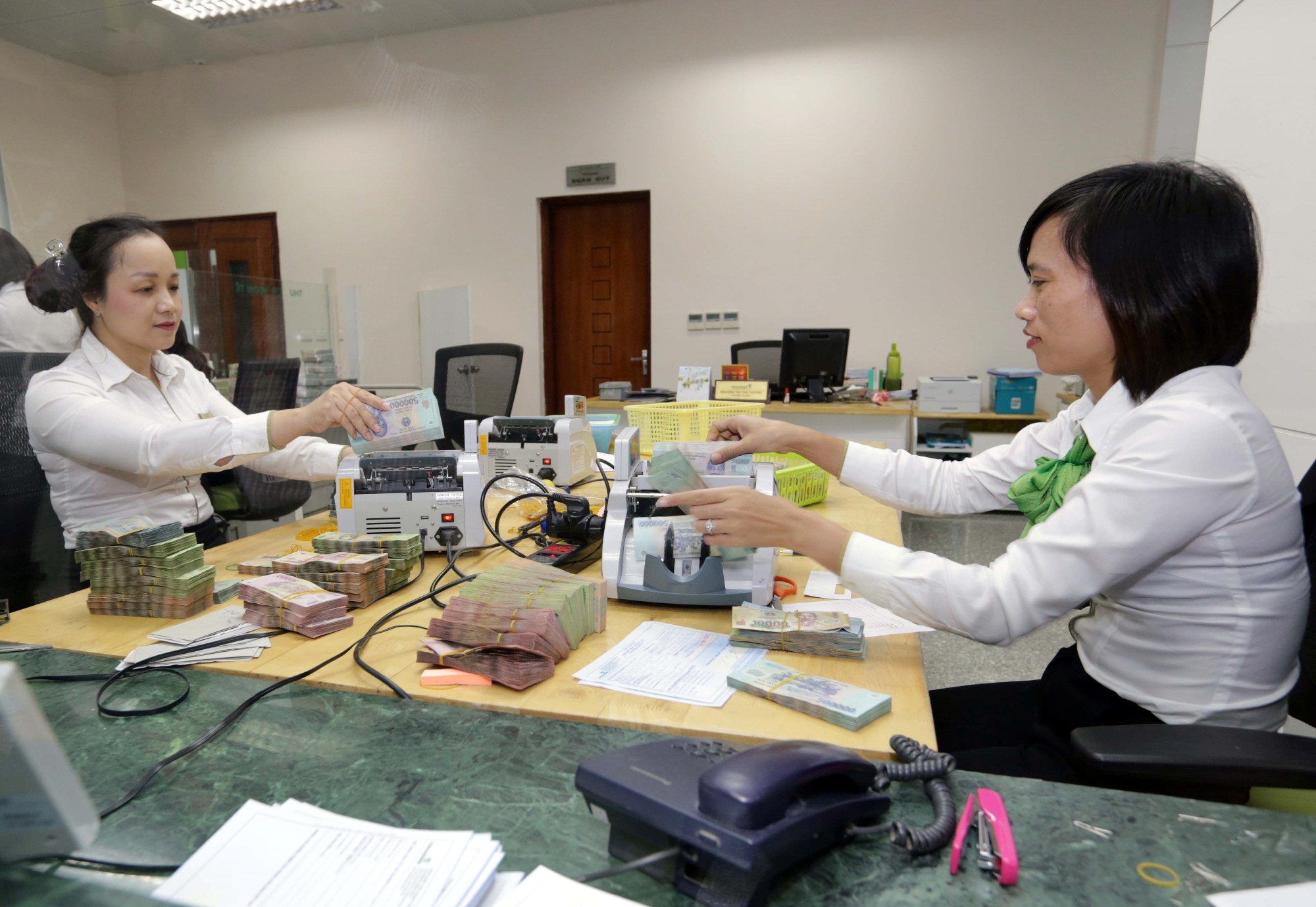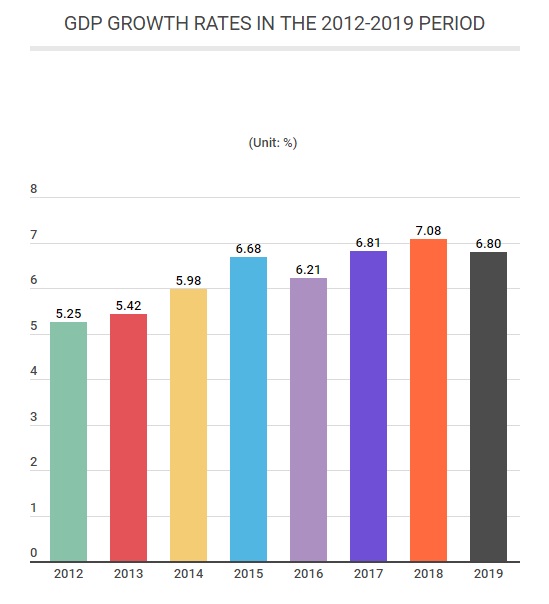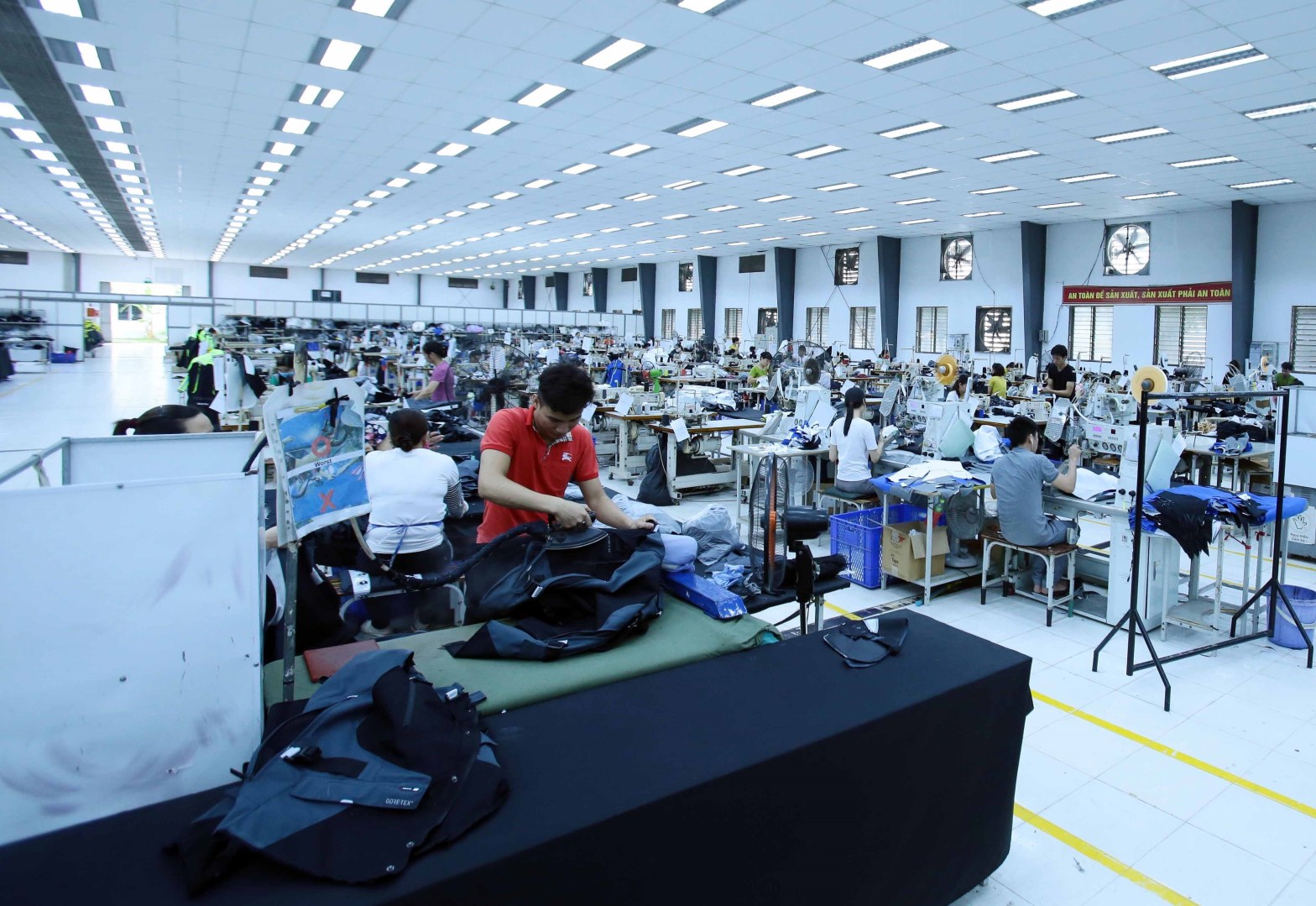Hanoi (VNA) – Although some negative external factors may affect Vietnam’s growth outlook for 2019 and next year, experts of the Asian Development Bank (ADB) still believe that the country’s economy will continue to have a year of robust growth.
The ADB predicted that Vietnam’s economic growth will slow down slightly compared to last year, when the GDP expanded by 7.08 percent – a 10-year high, but still be at a relatively high rate of 6.8 percent in 2019.
Slowing down but still high
Pointing out external risks to Vietnam’s economic outlook, ADB experts said the growth of major economies could slow considerably, including the European Union, the US, Japan, and China, which are also big trade partners of Vietnam.
ADB economist Nguyen Manh Cuong said that back in December 2018, the bank had considered three scenarios: the US-China trade war remains as tense as at present; the US hikes tariffs on 200 billion USD worth of Chinese exports; or the US-China trade war spreads to other regions, triggering global trade tensions.
They are considered risks to the domestic economy posed by impacts from the world’s biggest economies and the leading trade partners of Vietnam.
Vietnam is currently one of the most trade-dependent countries in the region with the total trade doubling its GDP. Additionally, the restructuring of state-owned enterprises (SOE) has yet to generate maximum effects. “These could be obstacles to Vietnam’s growth potential,” Cuong said.
However, he was still optimistic that: “Even in all the three scenarios, Vietnam’s economy would still gain benefits worth some 2 percent of its GDP, but that depends on many factors, especially labour productivity and business climate improvement.”
The ADB noted that these benefits would not come immediately, and they depend on multiple factors, from labour productivity to the economy’s competitiveness. Internal risks will also materialise if the SOE restructuring slows down.
Economist Nguyen Tri Hieu said growth slowdown this year is reasonable, elaborating that: “It would be unfeasible to obtain a GDP growth rate this year comparable to 2018. Therefore, I think it is reasonable that the ADB and some other international organisations have predicted that Vietnam is likely to record a growth rate lower than last year because the world’s economic situation will remain unstable in 2019. The US-China trade war has had its settlement orientations. Despite that fact, the consequences of this war may still linger for many years to come.”
Internal risks will also materialise if SOE restructuring slows down.

China’s economic growth in particular will weaken this year under the impact of the trade tension. The US’s situation is also not as bright as before and as such the Federal Reserve has decided not to raise interest rates.
“All of the aforementioned issues show that the global economy is declining from last year. Vietnam is an export-dependent country, while the US is its biggest importer and China is its largest exporter. When these two markets experience downturn, difficulties are unavoidable for the Vietnamese economy. Therefore, I think the forecast of 6.8 percent is a reasonable economic growth rate for this year,” Hieu emphasised.
Fulcrums for economic growth
ADB experts are also optimistic that although growth in the processing, manufacturing, and construction industries will decelerate, it will still remain relatively fast with a considerable FDI flow into export-oriented processing and manufacturing activities. The purchasing managers’ index indicated an uptrend in the number of orders in the processing and manufacturing sector.
This was evidenced by the fact that in the first quarter of 2019, foreign investors registered 10.8 billion USD of capital for new and existing projects and for buying shares at companies in Vietnam, up 86.2 percent year-on-year. Of that sum, the additional capital for existing projects decreased, but the registered capital for new projects and share purchase still rose sharply.
With 4.4 billion USD, Hong Kong ranked first among countries and territories investing in Vietnam during the period, accounting for 40.7 percent of total FDI capital. It was followed by Singapore, the Republic of Korea, China, and Japan.
This shows that a favourable investment and business environment is encouraging foreign investors to continue putting their trust in Vietnam.

Meanwhile, the service sector will benefit from the good growth of wholesale, retail, as well as banking and financial activities. The number of visitors to Vietnam is expected to increase by 16 percent annually in both 2019 and 2020, though the growth may slow down compared to last year, which will support tourism-related sectors like hotel, restaurant, and transport activities. Agriculture will also grow at a pace comparable to the Government’s targeted annual rate of 3 percent.
ADB Country Director for Vietnam Eric Sidgwick said Vietnam’s economy attained a high growth rate in 2019 thanks to soaring exports and domestic demand. The economic growth is likely to be sustained in the coming time with the support of the export-oriented processing-manufacturing industry, foreign direct investment, and maintained domestic demand. The growth momentum is expected to continue thanks to ongoing reforms to improve the business environment and encourage private investment.
The Government’s target of an additional 140,000 businesses set up in 2019 is a good signal for export activities, FDI flow, and private investment in general.
Sidgwick noted that the country’s continuation of reforms to improve the business climate will encourage private investment, as well as efforts to enhance relations with partners around the globe through many trade agreements.
The Comprehensive and Progressive Agreement for Trans-Pacific Partnership (CPTPP), which was ratified in 2018, and the EU-Vietnam Free Trade Agreement, set to be signed and ratified soon, will also serve as investment drivers in the time ahead when foreign firms come to seek business expansion opportunities in the country.
These trade deals demonstrate the Vietnamese Government’s continued commitment to opening the economy. The government’s target of an additional 140,000 businesses set up in 2019 is a good signal for export activities, FDI flow, and private investment in general, he noted.

The personal consumption prospect will remain strong, driven by improved household incomes and stable inflation. Meanwhile, investment activities will be supported by the spending increase in public investment through next year to fulfil the targets of the socio-economic plan for 2016-2020.
Challenges posed by policies
Given the continuous price hikes in certain services like electricity, petrol, healthcare, and education during the first quarter, Sidgwick said in the current economic situation, price increases are necessary and positive.
These are costs that are frequently adjusted to ease pressure on the budget. If consumers and businesses do not pay, the government will have to pay these costs. The important thing is to decide suitable points of time for the increases, he said.
The development era based on low cost and low skills of Vietnam has passed, and Vietnam must become a high skills-based economy.
The ADB Country Director affirmed that price hikes will affect inflation, but not greatly, and the bank will keep a close watch to assess their influence.
Regarding the biggest challenges to Vietnam’s economy through next year, he said Vietnamese firms’ participation in global value chains – one of important contributions to economic growth – is encountering numerous difficulties as most of them are small- or medium-sized and haven’t created high-quality products and services enabling them to join global value chains. The country’s engagement in global value chains so far has depended mainly on foreign invested companies.
ADB also pointed out the weakness of Vietnamese small- and medium-sized enterprises (SMEs), which only consider product innovation as a way to cut down costs, not to improve quality. Additionally, few of them have purchased or registered to use new technologies developed in other countries.

Eric Sidgwick stressed that Vietnamese SMEs still have many shortcomings. Their capacity of purchasing and applying new technologies is limited by difficulties in capital access and a shortage of personnel with necessary skills. Businesses often face problems in accessing capital at reasonable fees because of strict borrowing conditions and complicated procedures.
In terms of the lack of skilled workers, a recent survey by ManpowerGroup shows that only 11 percent of Vietnamese businesses are able to provide their workers with necessary skills to take part in global value chains. The development era, based on Vietnam’s low costs and low skills, has passed, and Vietnam must become a high skills-based economy.
To thoroughly address inconsistent product quality, experts said policies need to encourage and support the application of new technologies, especially innovations developed within Vietnam.
To help workers acquire necessary skills, comprehensive and synchronous solutions are needed, and the Government, training establishments, and private firms must join hands to provide on-demand training services. Meanwhile, if the capital accessing capacity and skills of SMEs are not bettered, they will continue lagging behind on the path of integrating into global value chains, according to experts. –VNA

